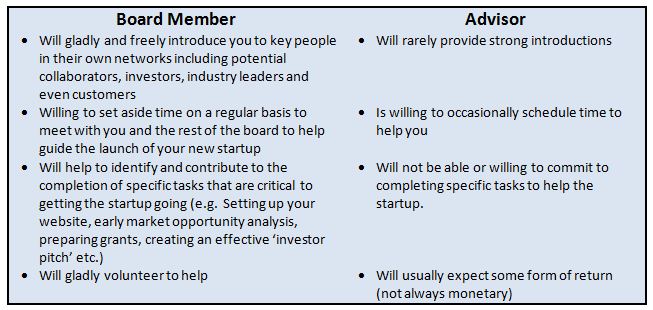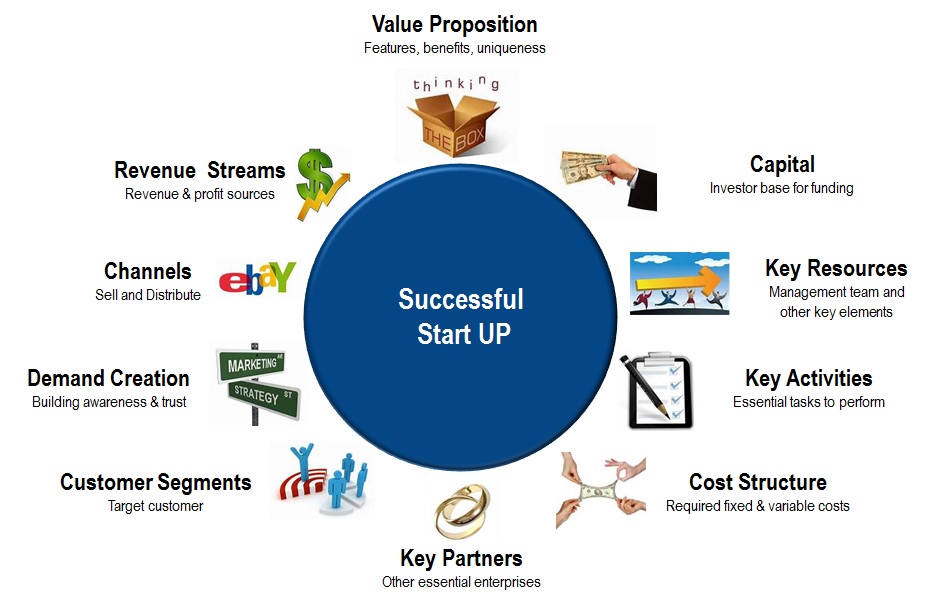It seems that every week there is an article or post that bemoans the shortage of innovation in America. However, this is not due to a lack of great ideas and the pace of discovery in the labs across the nation. The problem is getting the right team to lead and to grow these ideas into commercially successful endeavors.
Don’t go it alone
Having an exciting technology or scientific discovery on hand is not enough to form a successful company. You need a team of talented people to help you realize your vision. However, going from one person (you) with an idea and a passion to assembling an effective team and moving forward can seem daunting. The answer to this is not complicated. The first thing you need to do is assemble your first board members.
Who are they? Early Advisors vs. Active Board
Whatever you want to call them, you need others to help you take your idea to the next step along the way to a successful company. The best way to begin is to gather a small, but powerful group of people that you can rely on to help you develop a realistic strategy, identify productive tactics and complete the critical efforts needed to get this off the ground. You will find that there are many that will be more than happy to become advisors but far fewer that will become valuable board members. You need both but you need the active board member more, especially in the early days when this is still an idea. Here are a few ways to distinguish the two types of people: 
Your board may typically only have 2 or 3 other members in the beginning which is fine. You will likely have significantly more advisors at the beginning but some of these may migrate over to the board member column as things progress. Your advisors allow you to get a breadth of guidance and ideas and your board will provide the depth you need to sort through all of the ‘suggestions’ and actually help you with the heavy lifting of launching your new startup. In addition to this, it is a lot easier to share the burden of this effort with a committed team than shouldering it all by yourself.
Next Steps:
- Identify 10 people who have the experience, resources, talents and connections you need and ask them to be on your board.
- Schedule a kick-off meeting to discuss your ideas with them and to identify what commitments you might need from them.
- Agree on a regular meeting schedule
- Parse this initial group, using the table above and your intuition, into Active Board Members and Advisors.
- Continue to recruit until you have at least 2 – 3 board members.
Picture Credit: © Suravid | Stock Free Images & Dreamstime Stock Photos


